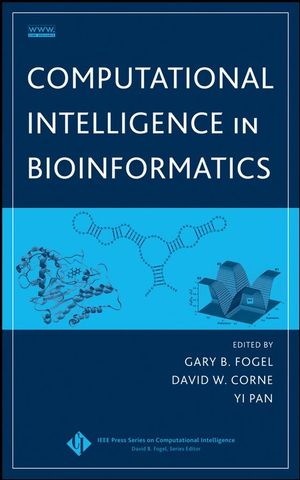Confounding factors, mainly illness and disuse, complicate the understanding that exercise has upon the movement patterns of the older person. (Grabiner & Enoka, 1995) The previous study showed that older people reduced their exposure to vigorous activity compared to younger people. Exercises with large dynamic forces that cause the joints to load under flexions are more effective to maintain soft tissue structures, composition and mechanical properties. (Tarpenning et al., 2004)

Therefore to minimise the confounding factor of disuse, we aimed to explore the gait characteristics of older athletes who have been involved in exercise into old age in order to gain an insight and a valuable understanding of the age-based changes in running gait. Three dimensional biomechanical running gait analysis was performed on 24 male participants who were county standard endurance athletes. Each were assigned to one of the three distinct age groupings; 26 to 32 years (S < 35, N = 8), 50 to 54 years (M50, N = 10) and 60 to 68 years (M60, N = 6) illustrates the reduction in Master athletes‟ self-selected running velocity with age.
The step frequency was not found to be an age-based response to sub-maximal running performance since no significant differences were reported between the groups. Therefore the decreased horizontal running velocity seen with age was a direct result of the shorter step length exhibited by the older athletes.



